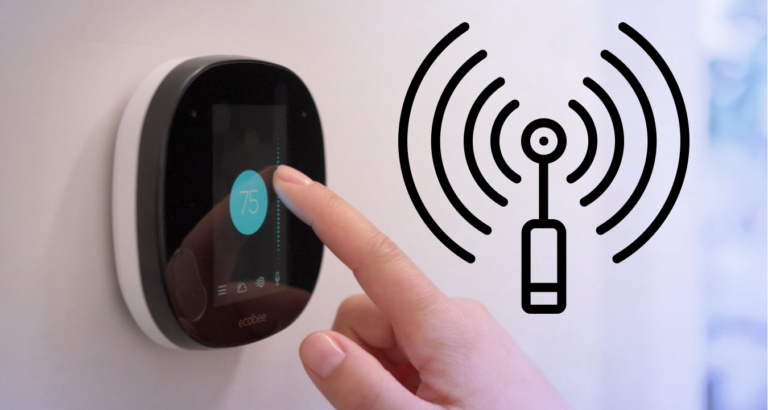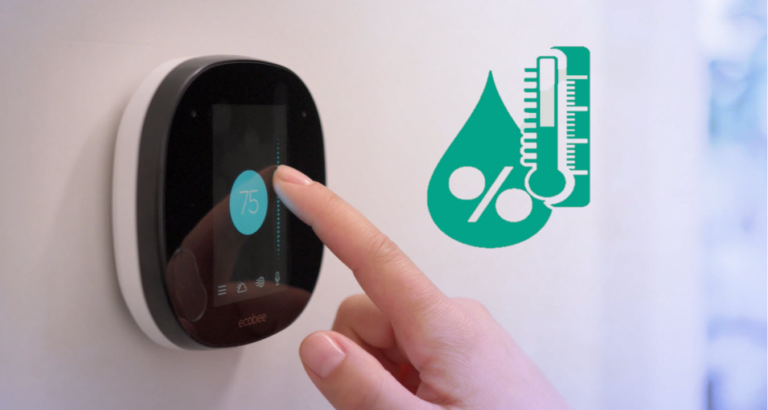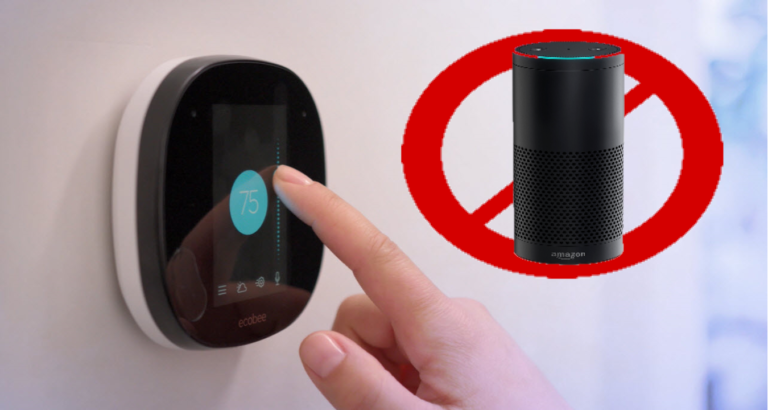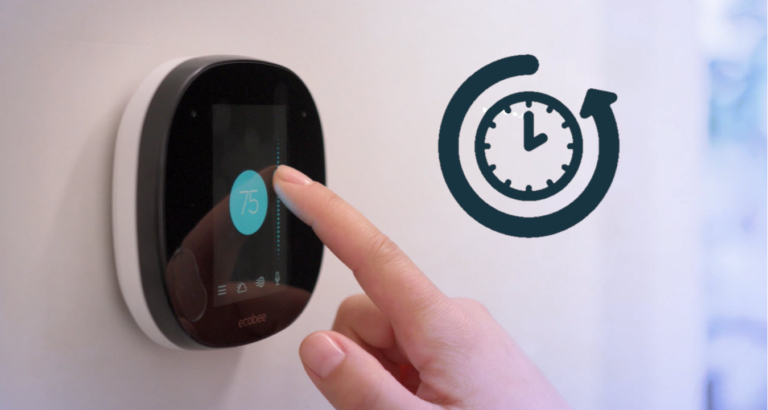7 Approaches To Solve Ecobee Sensor Unavailable
Ecobee has been a standout in the hearts of people for its functionality, energy-saving capabilities and convenience.
However, users have started to encounter an issue where the Ecobee sensor becomes unavailable, leading to inaccurate temperature readings and reduced functionality.
In today’s article, we will explore seven approaches to help you troubleshoot and resolve the issue.
Why is Ecobee Sensor Unavailable?
The Ecobee sensor may become unavailable for several reasons. Here are some common causes:
1. Connectivity Issues:
One of the most common reasons for sensor unavailability is connectivity problems.
The sensor relies on a wireless connection to communicate with the Ecobee thermostat. If there are obstacles, interference, or a weak signal between the sensor and the thermostat, it can lead to connectivity issues and result in the sensor becoming unavailable.
2. Distance from the Thermostat
Ecobee sensors have a specified range within which they can communicate with the thermostat.
If the sensor is placed too far away from the thermostat, beyond the recommended range (typically up to 45 feet), it may struggle to maintain a reliable connection, resulting in unavailability.
3. Interference
Various factors can interfere with the wireless signal between the sensor and the thermostat.
Large metal objects, thick walls, or other electronic devices operating on similar frequencies can disrupt the signal and make the sensor unavailable.
4. Low Battery
If you are using battery-powered Ecobee sensors, low battery levels can cause them to become unavailable.
When the battery charge drops below a certain threshold, the sensor may not be able to transmit data to the thermostat, leading to unavailability.
5. Firmware Compatibility
In some cases, outdated firmware on the Ecobee thermostat can be incompatible with the sensors, causing them to become unavailable.
Ensuring that your thermostat’s firmware is up to date can help resolve this issue.
6. Wi-Fi Connectivity Problems
The sensors and the Ecobee thermostat rely on a stable Wi-Fi connection to communicate.
If there are issues with your Wi-Fi network, such as a weak signal or intermittent connectivity, it can affect the availability of the sensors.
7. Sensor Pairing Issues
Occasionally, the sensor may have difficulty pairing with the Ecobee thermostat during the initial setup or after a reset.
This can result in the sensor being unavailable until the pairing issue is resolved.
The Ecobee sensor unavailable issue can disrupt the proper functioning of your smart thermostat system. If your device is facing a similar problem, then here are 6 proven solutions you can try.
1. Check Sensor Placement
Begin by double-checking the positioning of your Ecobee sensors. Check that they are within your thermostat’s specified range (typically up to 45 feet) and are not impeded by any objects or impediments.
Examine the area around the sensors for potential sources of interference, such as heavy metal items or electrical gadgets, since these can interrupt the wireless connection between the sensor and the thermostat.
2. Restart the Sensor
Sometimes a quick restart might alleviate connectivity difficulties. Remove the battery from the sensor, or disconnect it if it is powered, and wait roughly 30 seconds.
Then, replace the battery or plug it back in. Allow it a few seconds to reconnect with the thermostat.
This procedure might assist in resetting the sensor’s connection and making it available again.
3. Check the Battery Level
Low battery levels can make battery-powered Ecobee sensors inaccessible.
Check each sensor’s battery status on the Ecobee app or on the thermostat’s screen. Replace the battery if it is low and see if the sensor becomes available again.
Battery replacement on a regular basis, as recommended by the manufacturer, can help prevent sensor communication concerns.
4. Re-pair the Sensor
In some cases, re-pairing the sensor with the thermostat can resolve the issue.
Start by removing the sensor from the Ecobee app or from the thermostat’s menu.
Then, follow the manufacturer’s instructions to re-pair the sensor with the thermostat. This process establishes a new connection between the devices, often fixing any communication problems.
5. Update Firmware
Outdated firmware on your Ecobee thermostat can contribute to sensor unavailability.
Ensure that your thermostat’s firmware is up to date by checking for any available updates on the Ecobee website or using the mobile app.
Installing the latest firmware version can address known issues and improve compatibility with the sensors, potentially resolving the problem.
6. Check Wi-Fi Connectivity
A stable Wi-Fi connection is crucial for proper communication between the Ecobee thermostat and the sensors.
Ensure that your Wi-Fi network is functioning correctly and that the signal strength is sufficient near both the thermostat and the sensors.
If you’re experiencing Wi-Fi connectivity issues, resetting your Wi-Fi router and reconnecting the devices can help establish a reliable connection.
7. Contact Ecobee Support
If you have tried the previous steps and the Ecobee sensor remains unavailable, it’s recommended to contact Ecobee’s customer support for further assistance.
They can provide specific troubleshooting guidance based on your device’s model and firmware version.
If necessary, they may also initiate a warranty claim or provide a replacement sensor if the issue cannot be resolved.
:







